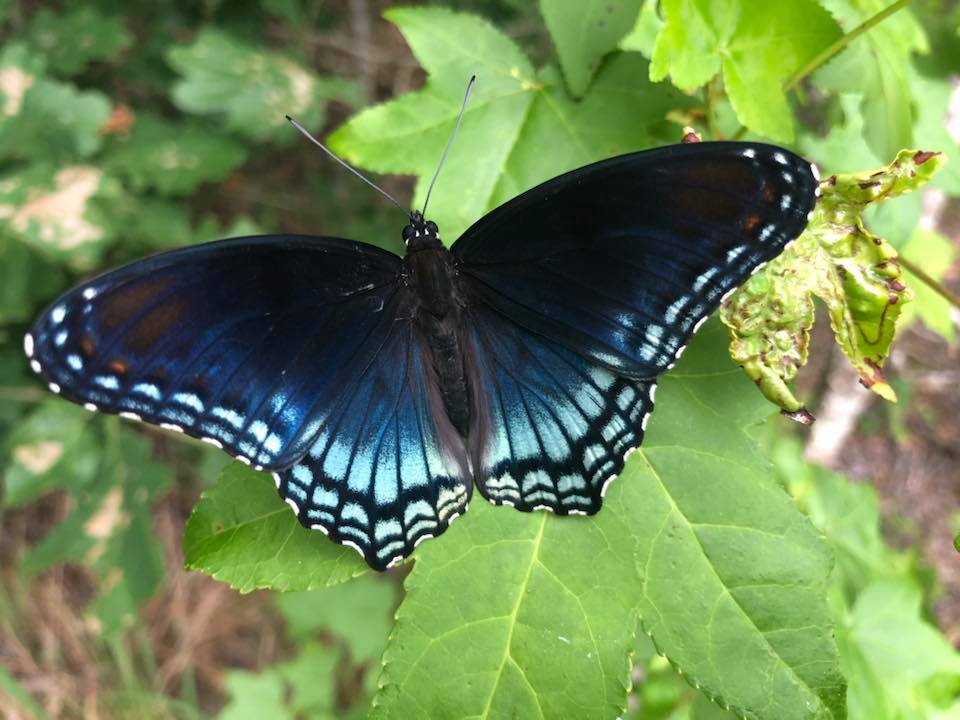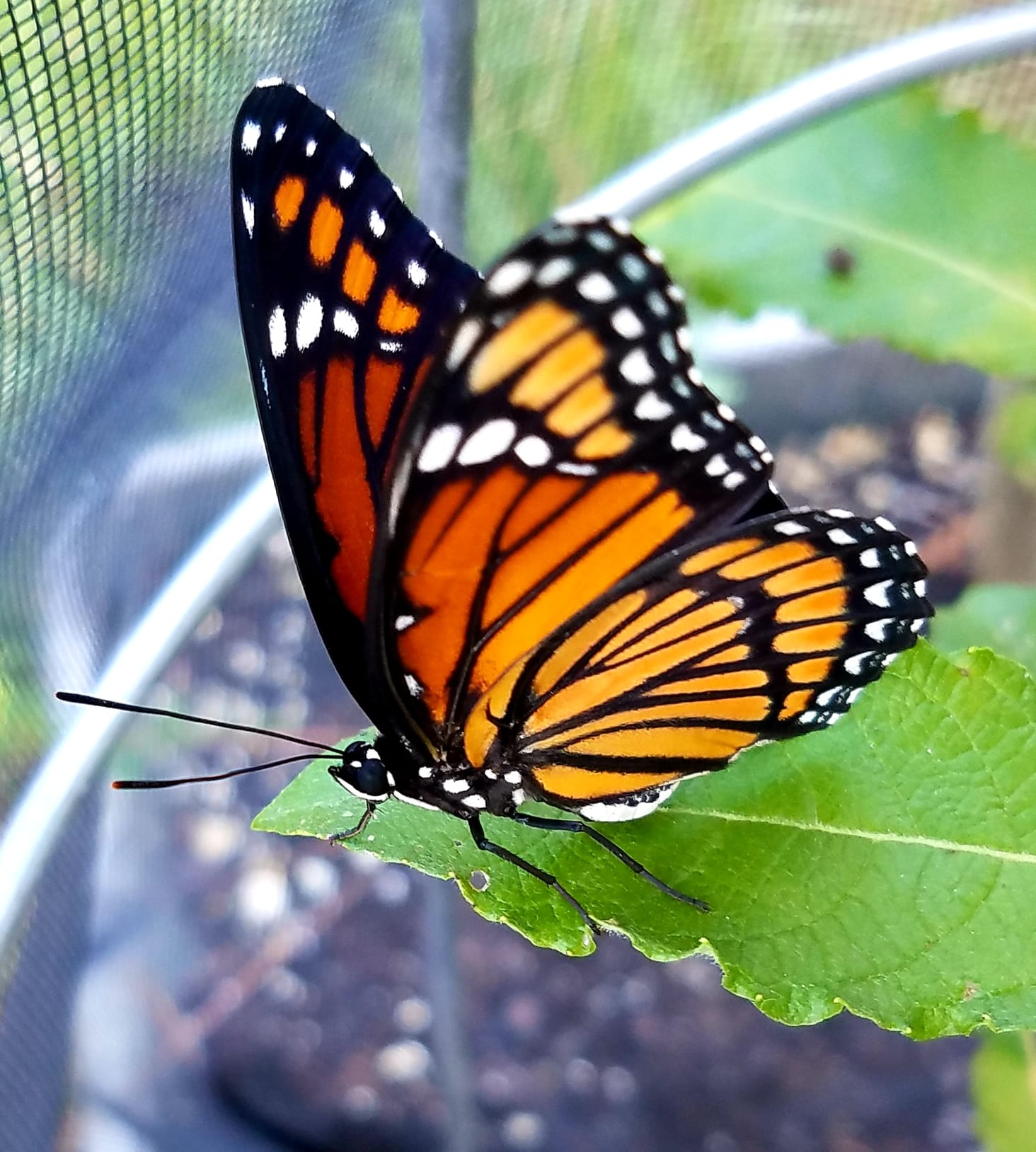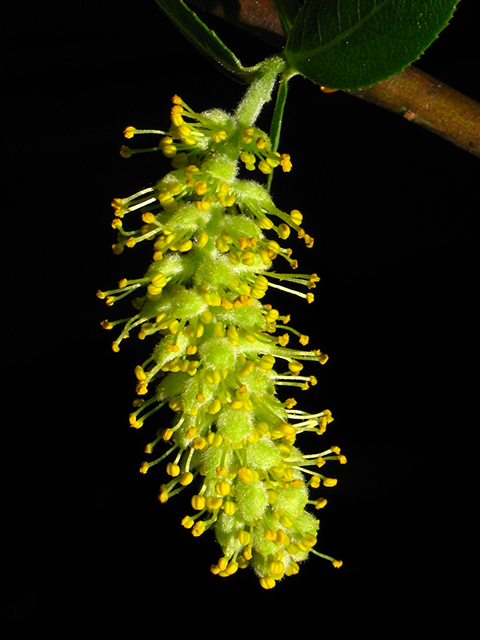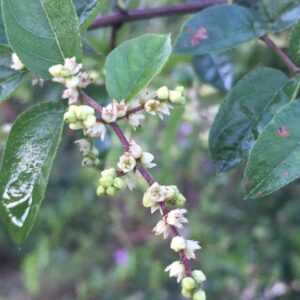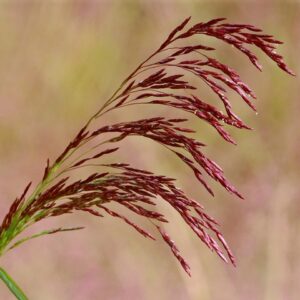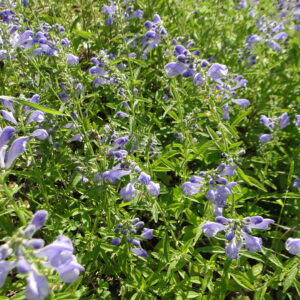Price range: $15.00 through $30.00
Description
This native small tree is especially important to honey bees and native bees. The fragrant yellow flowers produce abundant pollen for Native Bees, Honey Bees, and Flower Flies when there are a few other plants blooming. . It is also larval host of 5showy butterflies: Viceroy, Red-Spotted Purple, Mourning Cloak. Dreamy Winged Skipper. Compton Tortoise Shell and 6 showy moths: Black-waved Flannel, Blinded Sphinx, Cecropia, Elm Sphinx, Imperial, Io, and Polyphemus.ream and close to a hundred other moths. This makes willows great hunting grounds for mother birds.
Traditional Usages: Carolina Willow has long been used to produce Medicnes, Dyes, and Structures. The long flexible stems have long been woven into various structures, including baskets, fences, and even houses. Bark was used to produce Yellow Dye and a Medicine for Head Ache and o For centuries, people have used willow medicinally, to produce dyes, and in making baskets. Plant in full sun or part shade in average to wet soil. Deer usually ignore willows. If deer prove problematic, interplant them with Teucrium canadense, Tripsacum dactyloides, or Verbena scabrida to protect the the them from browsing. If your space is limited, cut the stems back to the ground, whenever it gets too tall. It will then produce multiple stems from the base, becoming shrub-like.
Native to NC, SC, VA, GA, FL, AL, MS, LA, TX, TN, WV, PA, MD, OH, IL, and IN. Also Mexico, Central Ameria, the Caribbean, We propagate our plants from native populations in Beaufort and Jasper Cos., SC
Additional information
| Size | Qt pot, 3.5" pot, 1 gallon, 3 gallon |
|---|

